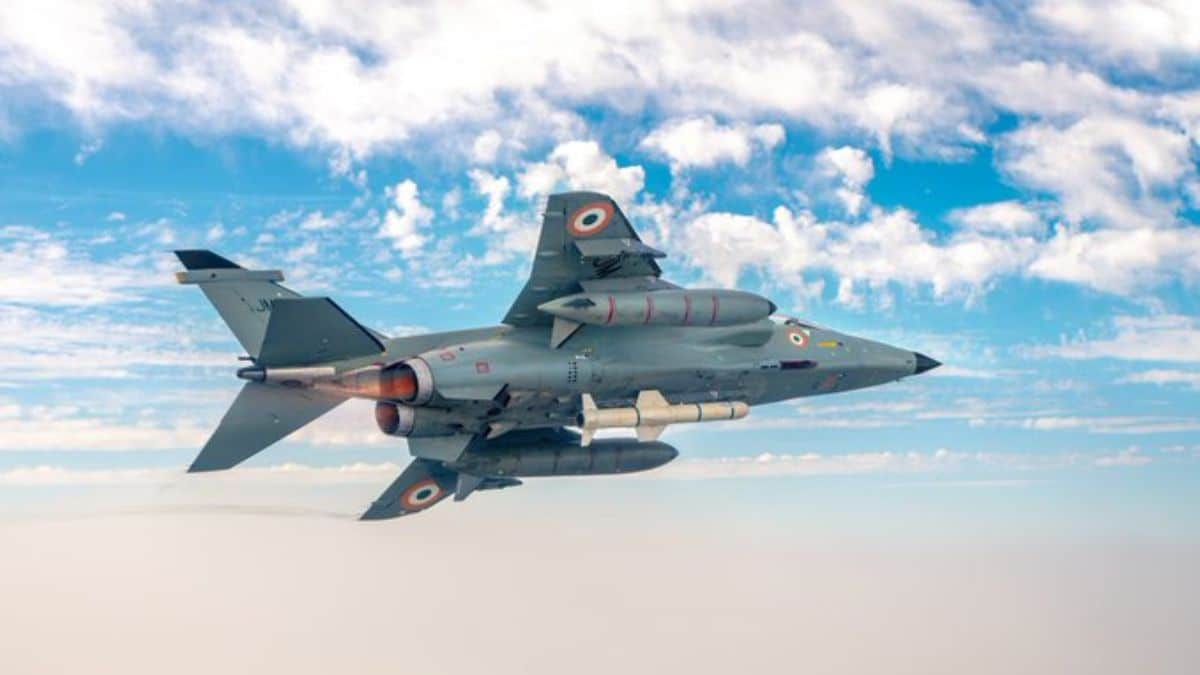 Image Credits - Indian Defense Research Wing
Image Credits - Indian Defense Research Wing
Dr. Samir V Kamat, Chairman of the Defense Research and Development Organisation (DRDO), confirmed last year’s initiation of flight trials for the Rudram-II Air-to-Surface (A2S) missile. Boasting an impressive range of 300 kilometres, this missile stands as a cutting-edge addition to India’s military arsenal, reflecting advancements in defence technology and strategic capabilities.
The recent release of a video showcasing developmental tests of the Rudram-II from the Su-30MKI featured prominently in an Indian Air Force (IAF) promotional video, emphasizing the missile’s pivotal role in bolstering the nation’s air superiority.
A key highlight of the Rudram-II lies in its versatility, offering two distinct variants tailored to specific operational requirements. The first variant functions as an Anti-Radiation Missile (ARM), armed with a PHH-IIR Seeker designed to neutralize radar installations with unparalleled accuracy.
This capability significantly enhances the IAF’s ability to suppress enemy air defences, establishing aerial dominance in contested airspace. Meanwhile, the second variant serves as a potent Ground Attack missile, featuring an IIR Seeker optimized for targeting airstrips, bunkers, and aircraft hangars. This dual functionality enhances the IAF’s strategic capabilities, providing flexibility in mission planning and execution.
The combat prowess of the Rudram-II is further underscored by its impressive warhead capacity, capable of carrying a 200-kilogram payload. This payload capacity allows for the deployment of various munitions, including high-explosive ordnance and specialized warheads tailored to specific mission objectives.
The missile’s extraordinary speed capabilities, reaching Mach 5.5, ensure swift and decisive action on the battlefield, enabling a rapid response to emerging threats and adversaries.
Crucially, the Rudram-II is designed to deliver precise strikes with minimal collateral damage, even at high speeds and altitudes. The missile is designed to impact targets at speeds slower than Mach 1 when launched from altitudes ranging from 3 to 15 kilometers, ensuring pinpoint accuracy and minimizing there is risk of unintended harm to civilian populations and infrastructure. This precision-guided capability reflects India’s commitment to the responsible and ethical use of military force, with a focus on minimizing civilian casualties in conflict zones.
In essence, the Rudram-II stands as a testament to India’s strides in defence technology, providing the nation with a sophisticated and adaptable missile system that enhances its military capabilities and strategic flexibility.
